If you’ve ever torn or cut your fingernail or toenail down to the quick, you know that can be painful. Just like in your nails, your dog’s nails have blood vessels feeding the nail bed, so if the broken nail or dog split nail is too short, it can cause bleeding as well. That can cause dog owners to become quite frightened.
You don’t usually think of nail injuries as being that serious, but even if they’re not, they can be painful for your best friend. Of course, the nail will regrow but it can be painful for a few days as it does.
That’s not something you want for your dog if you can avoid it, so let’s look at some nail care techniques pet owners can use that can prevent broken toenails and what to do as a pet parent if your dog does have a nail injury.
Why Dog Toenail Care Is Important
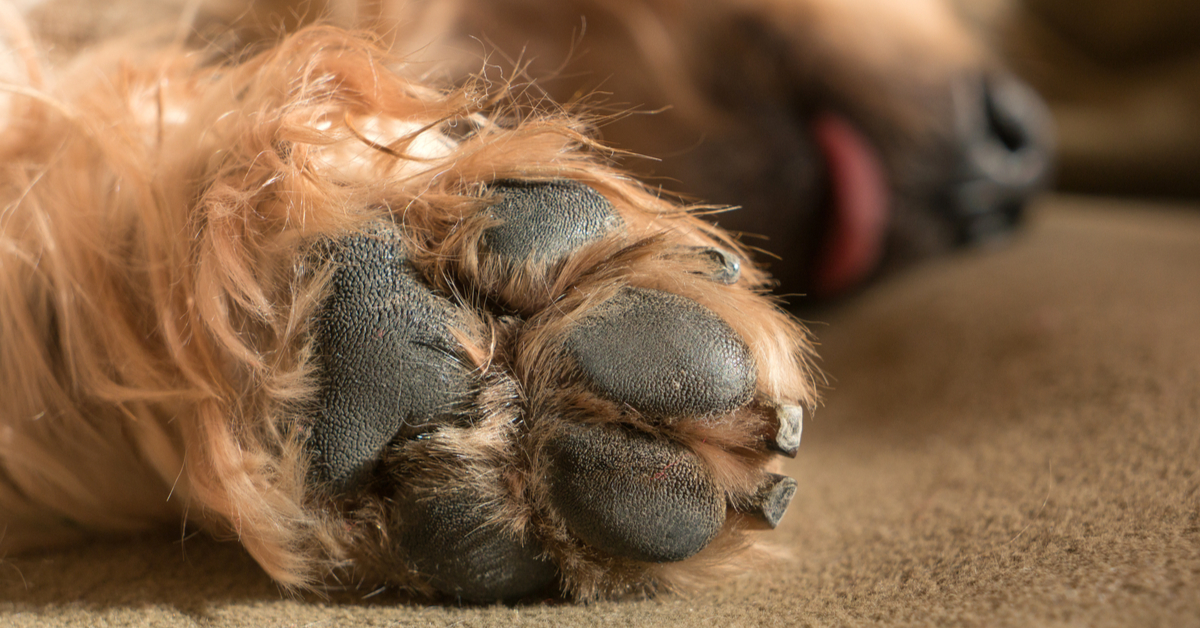
Before we discuss toenail care, it’s important to understand the anatomy of your dog’s toenails. There are actually five toes on your dog’s front foot, and normally only four on the back foot. The extra nail on the front foot is called the dewclaw, and it’s located a little higher on the foot.
Except for the dewclaws, all of your dog’s nails get worn down as the dog walks on hard surfaces like the sidewalk. The dewclaws are non-weight bearing so they don’t come in contact with those same hard surfaces. That makes them likely to become longer than the other toenails.
The longer a dog’s nails become, the more likely they are to split, break, or crack. Just like human nails, they can also become ingrown. How often your dog needs a nail trim depends on how much exercise they get.
Dogs that are doing a lot of walking or running on hard surfaces may not need to have their nails trimmed as often as those who get less exercise.
Without trimming, a dog’s nails can become long enough that walking is uncomfortable which only compounds the problem.
Long nails also can easily snag on items like carpet, upholstery, or clothes, and these snags can then lead to a tear in the toenail that can bleed and be very painful. Dog owners are often afraid to do nail trims themselves since they fear cutting the so-called ‘quick’ which is just your dog’s nail bed.
The nail quick is what bleeds and hurts because it is full of nerves and blood vessels. In dogs with white nails or clear nails, you can see the blood vessels and where they end, so it’s easier to avoid the nail bed, but if your dog’s nails are black nails or dark-colored, it’s more difficult to see. Still, you can usually cut the longer, narrower part of the dark nail safely without cutting the nail bed.
If you do cut the nail bed, there are easy ways to stop the blood flow, promote coagulation, and decrease the pain. Read on.
How to Trim Your Dog’s Nails
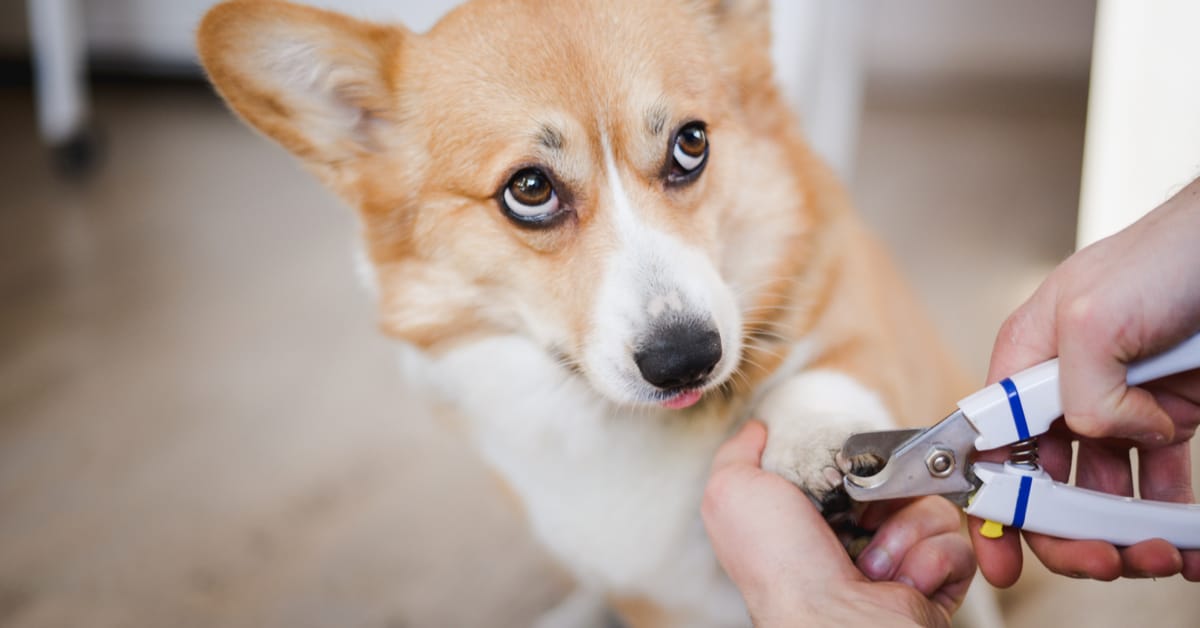
To trim your dog’s nails, you want to make sure that you have help restraining your dog and your dog’s feet if possible. That way you can keep him from moving around.
If that’s not possible, you can also do it by yourself, you’ll just need to set your dog on your lap or sit next to him on the floor and reach across his body to keep him from moving around too much.
Once you’ve got him stabilized, you can grab the paw on the opposite side of his body and press on the nail to expose it, and position the dog nail clipper on the nail. Then, only clip when you’ve got the clipper in the right position and you can keep him from moving suddenly. During dog nail trimming, have a paper towel handy to collect the clipping debris.
Tips for clipping your dog’s nails:
- Use a guillotine nail clipper or dremel that is specifically designed for dogs: Dog’s nails are not flat like a human’s nails, so human nail trimmers just don’t work well on your dog.
- Reassure your dog: Nail trimming can make your pet very nervous, but if your dog hears your calm, reassuring voice, it can make it a pleasant experience instead of a fearful one.
- Look out for the dog’s quick: Check to see if you can see the nail bed and where the blood vessels end. If you can, it makes it easy to avoid cutting them, but if not, just trim your dog’s nails back a little bit. You want to cut enough so they don’t click on the floor.
- Trim the dewclaws too: The dewclaws are your dog’s fifth toes, or at least they’re remnants of fifth toes. They are located on the inside part of your dog’s paw and up in the area of their ‘wrist.’ Dewclaws are sometimes removed shortly after birth so your dog might not have them, but if he does, you’ll want to trim those too because they can get torn as well.
- Finish with positive reinforcement: After you’ve finished trimming your dog’s nails, you’ll want to finish with a reward like dog food, a dog treat, a peanut butter-stuffed puzzle, or their favorite toy. That positive reinforcement will help your dog learn that nail trimming is a fun and positive experience. He’ll be more cooperative the next time you have to do it.
If you don’t feel comfortable nail cutting, you can also take your dog to a groomer and have them trim the nails for you. It’s usually less expensive than taking your dog to the veterinarian, and you won’t have to worry about trying to restrain your dog or cutting his quick. Professionals deal with dog nail bleeding all the time.
These are useful tips for trimming your dog’s nails, but what happens if you cut the nail bed and the nail starts bleeding? What should you do? Let’s talk about some tips to stop the bleeding and when you might want to check with your veterinarian. Let’s begin with why broken nails are a problem.
Why are Broken Nails a Problem?
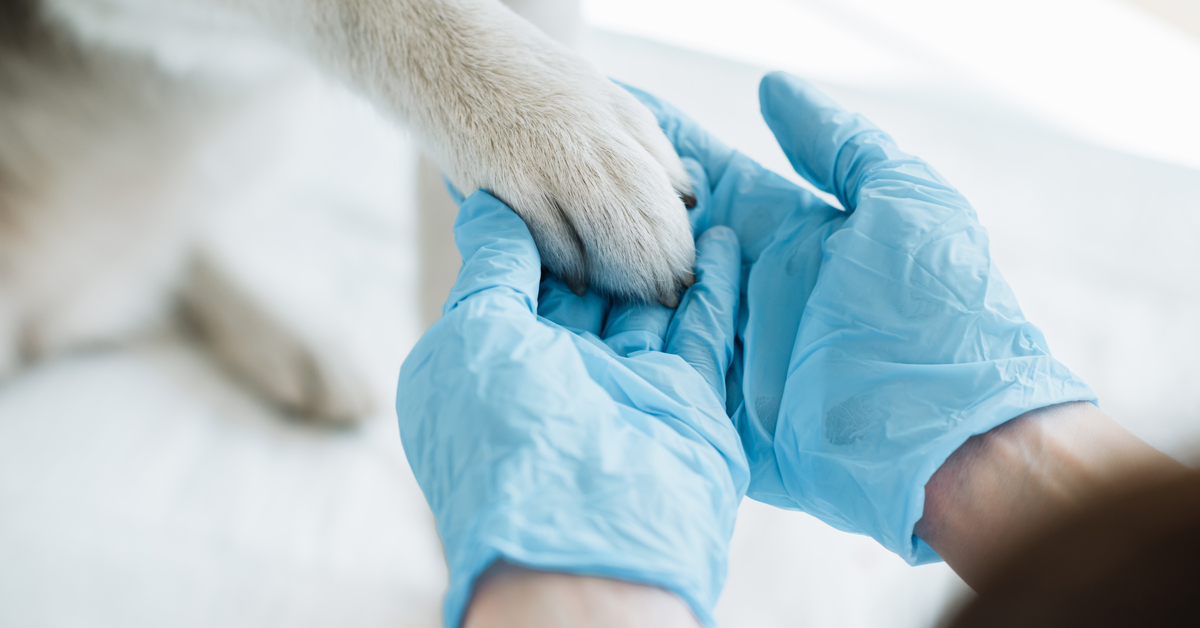
As we’ve already discussed, there is a nail bed in your dog’s nails where a central collection of blood vessels and nerves are located. On top of the nail bed is a hard substance called keratin. It’s the same substance your nails are made out of, and it’s also the same substance that a rhinoceros’s horn is made from!
The keratin is not a living substance, and that makes it a great protective cover for the nail bed. The keratin is what you want to trim when you’re trimming the nail because it doesn’t cause your dog any pain.
On the other end of the nail — where the nail attaches to the paw, the nail bed actually also attaches to the bone. That’s one of the biggest reasons that a broken bleeding nail, dog split nail, or really a damaged nail of any kind can become a problem.
If your dog’s broken nail gets infected, that infection can spread into the bone, and if that happens, it’s a serious threat to your dog’s health.
When to see the vet
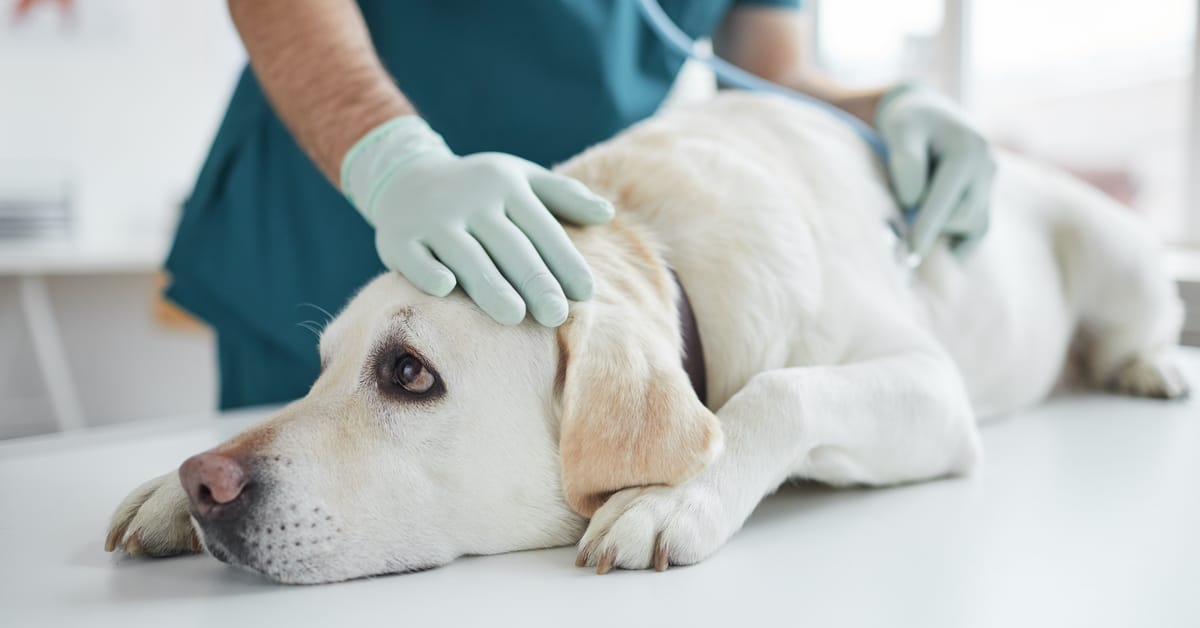
If your dog has a broken nail that has become infected, it’s a good idea to take him to the vet to ensure that the infection hasn’t spread into the bone. Your dog’s DVM will also be able to give you some antibiotics to prevent the infection from spreading.
A dog split nail can also be very painful which is another reason you might want to take him to the vet. You don’t want to give your dog any kind of human pain medication, because some of those can be deadly for your best friend.
Instead, if your dog is limping and experiencing a lot of pain, take him to the vet who can give your dog some appropriate pain medication for dogs to help him feel better.
Most of the time you wouldn’t have to take your pooch to the vet for cutting its nail too short, but how can you stop the bleeding if you cut the nail bed when you’re clipping his nails?
First Aid for Treating Your Dog’s Broken Nails
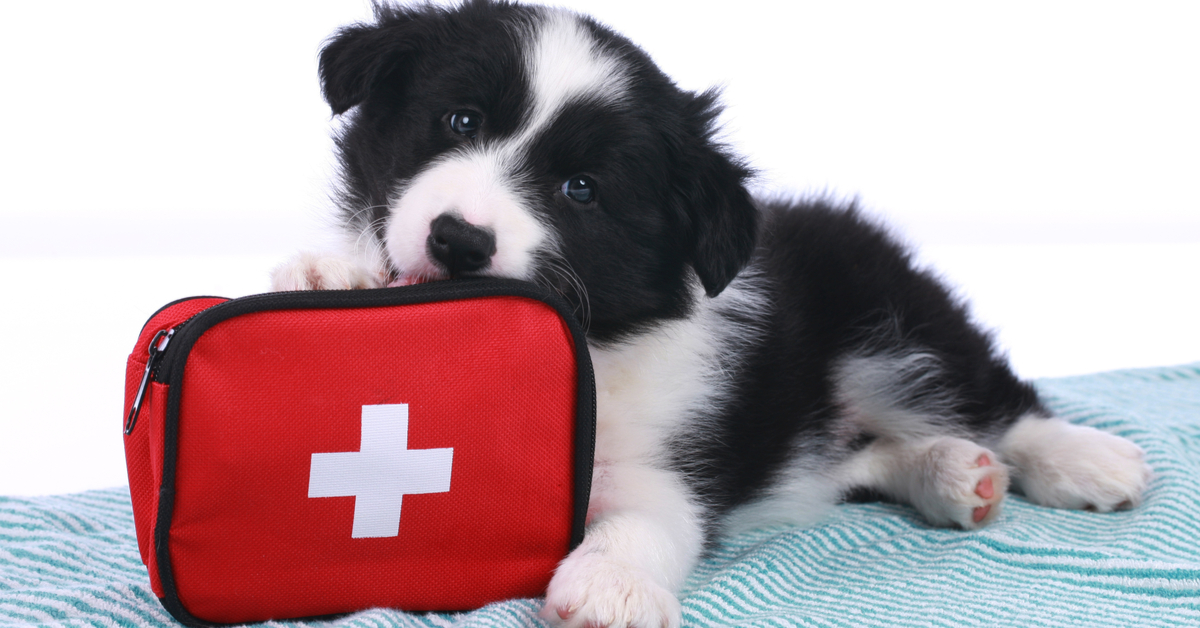
You’ll want to take your dog to the vet to stop the nail from bleeding if you cut the quick and the bleeding doesn’t stop or if the broken toenail looks particularly serious. If it seems minor, however, you may be able to successfully administer first aid treatment for your dog’s toenail at home to stop bleeding. Grab the dog first aid kit!
The first thing to do is remove any remaining pieces of the broken toenail that might still be attached. If your dog is in too much pain for you to do this, you will likely need to take him to your vet so they can give him some sedation and pain medication.
How to Stop a Dog’s Nails From Bleeding: Styptic powder is your best friend
Stay calm. Once you’ve removed the remaining pieces of the dog’s nail, you can now apply gentle pressure to help stop the bleeding (your pup might yelp). You can also use a styptic pencil if you have one or styptic powder. A common brand of styptic pencil and styptic powder is called Kwik Stop, and it lives up to its name. You can find Kwik Stop for clotting at many pet stores or online.
Styptic pencils and styptic powder are completely pet-safe and will stop the bleeding almost immediately. If you don’t have that on hand, there are home remedies. You can also apply flour or cornstarch with baking soda or baking powder to stop the bleeding. Another method is to scrape the nail along a bar of soap until the bleeding stops. After that, you can compress the nail with a towel for a few minutes, and it should be good.
The next thing to do after you’ve got the bleeding stopped is to clean the wound and disinfect the area around the broken nail to prevent any infection from getting started. For that, you can just use warm water and a spray antiseptic. If the wound reopens and starts bleeding again, you can just apply more pressure to the affected nail.
If the bleeding just won’t stop, you may want to bandage your dog’s paw, but if you decide to do that, contact your vet since you don’t want to apply a bandage too tight and you’ll need to change it if it gets dirty or wet. Your dog’s DVM can give you some guidance on how to do that.
How the DVM Treats Broken Nails in Dogs

Your vet will follow a similar procedure to that described above to treat your dog’s split nail, but they might also sedate the dog and/or give him some pain medication. They often also follow up routinely with antibiotics to prevent or treat any infected areas.
Your vet will also let you know if you need to follow up with them and what you might want to watch for as your dog is healing. For example, if the toenail isn’t growing back as it should, then you might need to have a recheck visit.
Final Thoughts on Dog Split Nail
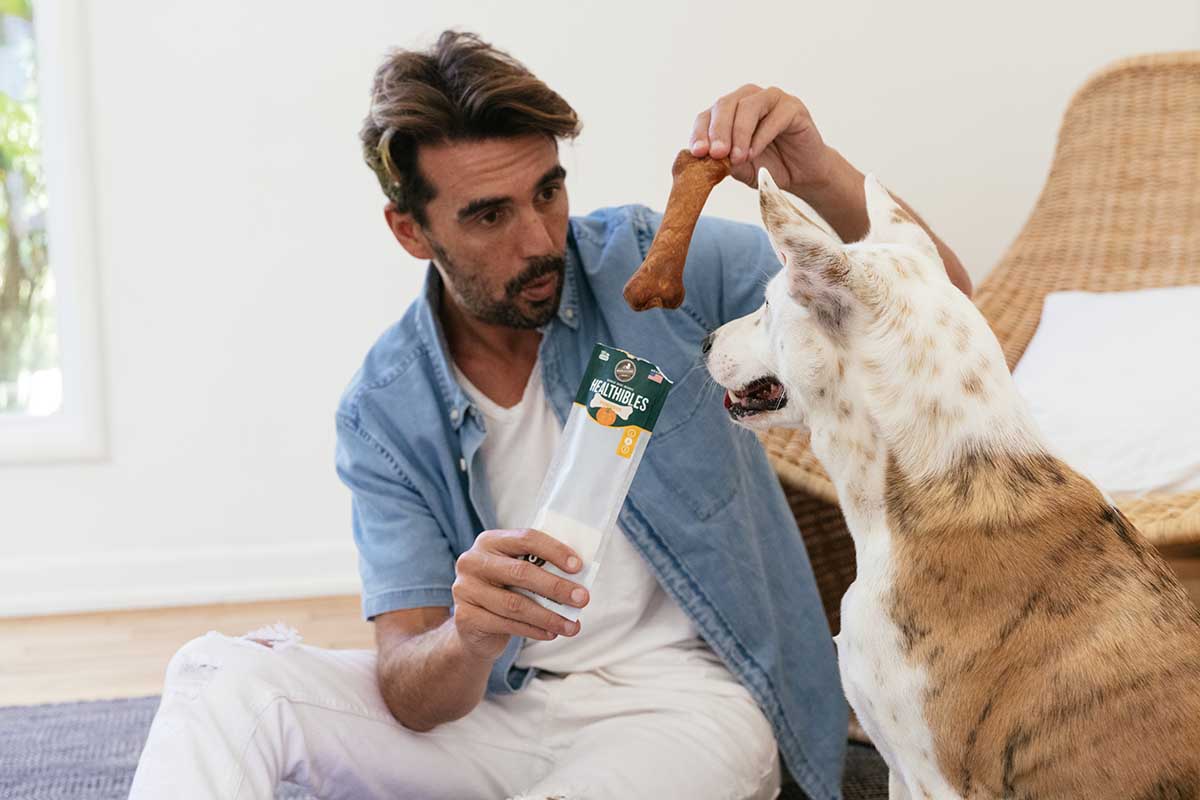
Nail clipping is an important routine task for taking care of those longer nails in your dog. And now you know how to do it! The first time you attempt to trim your dog’s nails, it’s important to make it a positive experience so you can do it without problems the next time.
It’s important to keep your dog’s nails trimmed since you don’t want their long nails to snag on something and tear or become cracked. This can be painful and possibly cause a serious health problem if the nail bed and underlying bone were to become infected.
You can clip your dog’s nails yourself or if you’re among those pet owners who are a little worried about doing that, you can take him to a groomer. If all else fails, make an appointment with your dog’s veterinarian to make sure those long nails are kept trimmed and clean. You might even get them painted to match your own — then you can both be stylish together!

